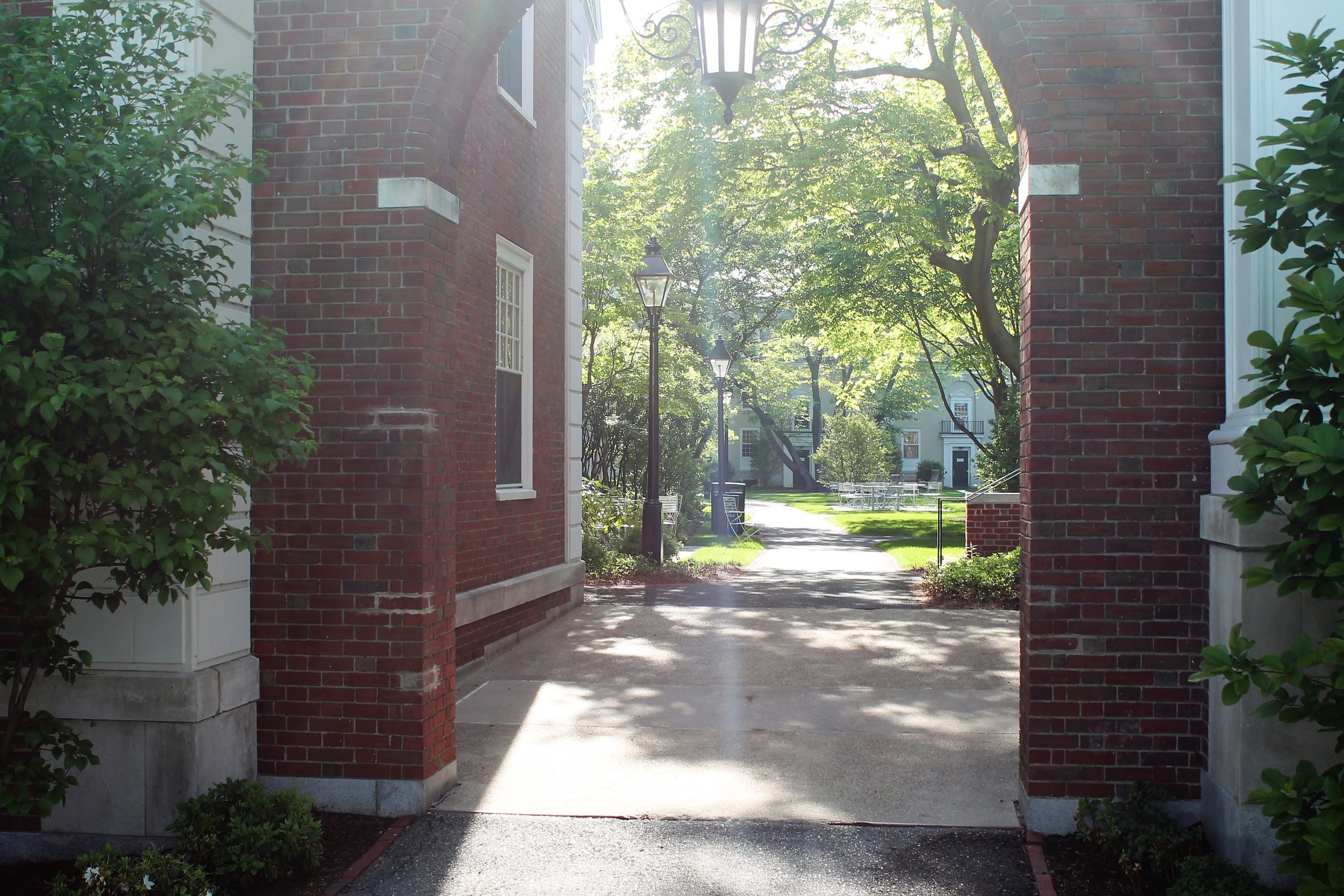Impact! And how to include it in your resume
/Some applicants believe that their business school applications are little more than the facts of their resume. And why shouldn’t they be? Many prognosticators of admissions odds ask only for your GPA, GMAT, Undergrad, and most recent employer to reach their predictions. After all, those facts are immutable, admissions committees are familiar with them, and any other attempt to dress up an application is just sleazy marketing, right?
Wrong.
It’s pretty easy to see for yourself why it's not just the facts of the story, but the story itself that matters. Consider the following examples out of news articles:
#1: 36.5% of Americans are obese.
#2: Rising rates of obesity will cost the American taxpayer an additional $200B per year, and reduces available funding for education.
What is the difference between these two statements? In a word, Impact.
While the first statement captures the complete statement of fact, the second captures what it means, what the damage is, and why we should care. Only an educated reader, who knows that obesity is growing, that it is expensive, and that its costs will require tradeoffs in governmental priorities, might be able to read the first statement and infer the rest. But even then, the first sentence does not include enough context to know what point you're trying to make. Are you telling us about obesity because you want to talk about growing sizes in retail clothing? The need for sturdier cars? Or looming budgetary tradeoffs?
When you write your business school application, it is imperative that you tell a compelling story for why your work is important and why a bystander with little knowledge of the topic (i.e. an admissions officer) should care about it. If can make the admissions officer care about the personal impact you are making in the world, he or she will likely care about you, and whether you are admitted. This is how applicants with sterling credentials can still be denied from top schools when their submissions focus on facts rather than impact. Consider some examples that one might find in a personal essay:
Accomplishment without impact
I am a credit risk analyst at Deutsche Bank, have worked on four deals valued over one billion dollars, and have been promoted twice
Accomplishment with impact
As a credit risk analyst at Deutsche Bank, I developed a new model that helped us better price risk among less credit-worthy customers, allowing the firm to issue more loans needed to grow small businesses.
See how the second narrative is stronger because it not only explains the actions taken but the impact achieved? Of course, we at Ivy Admissions Group don’t just stop there. We’ve argued time and time again that to have a truly exceptional application, one must also tie their achievements and impacts into a broader personal narrative
Accomplishment with Impact and Narrative
My mother was a small business owner, and growing up I saw firsthand both how difficult it was for entrepreneurs like her to get the capital they needed to sustain their businesses. Small businesses are the key to growing the modern economy, with 67% of new jobs coming from small businesses. I joined Deutsche Bank because I wanted to help people like my mom achieve the American Dream, and was able to do that by developing a new risk model that made small business loans more affordable.















